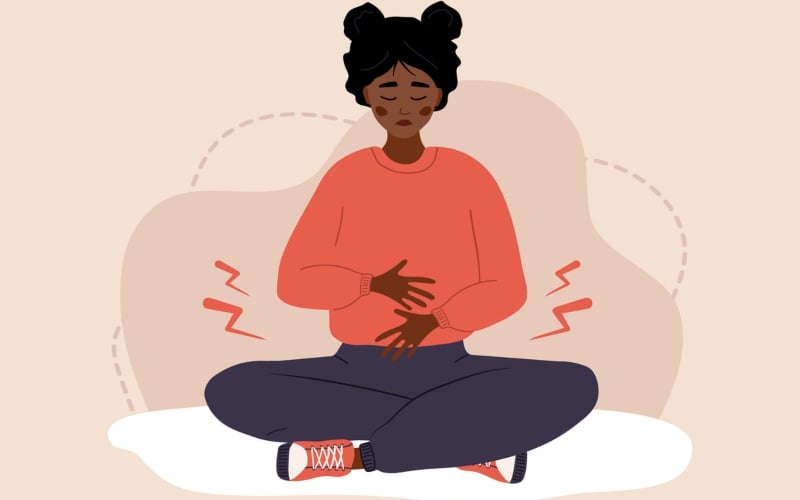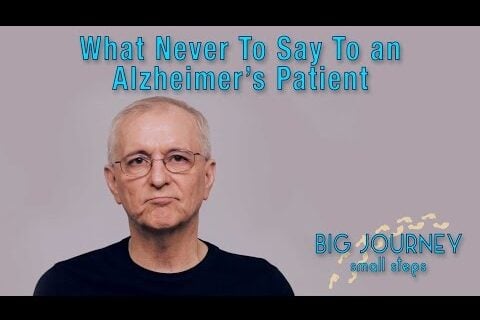—
This content is for informational purposes only and is not intended to provide medical advice and/or treatment of medical conditions.
After an injury or operation, the pain that follows treatment can sometimes affect your ability to go about your daily life with ease. If you’re experiencing any type of lingering physical pain or discomfort following this situation, physical therapy might be a good fit for you. A full-service, total physical therapy treatment can boost the speed of your recovery and get you back on your feet faster than ever. Physical therapy treatments can also help ensure that you don’t reinjure the affected area or go through the same recovery process again.
While many people are familiar with the key benefits of physical therapy, they are often not as sure about how physical therapy works. The entire treatment process is non-invasive and non-surgical. In almost all cases, your treatment plan is customized around your age, current health, and the nature of your injury or discomfort. As a result, there’s not as much of a universal care method as you might expect. In this article, we’ll go over the basics of physical therapy and explain what you should look for in a physical therapist to determine if physical therapy is right for you.
The Physical Therapy Process
Physical therapy and rehabilitation are non-surgical treatment options that work to restore your range of motion (ROM), strength, and general mobility, without drugs or other care options that can sometimes bring about adverse side effects. In almost all cases, specialized, affordable physical therapy is risk-free.
If you were recently injured or went through a more intensive joint or muscle operation, your doctor may recommend a physical therapist in your area to aid in your recovery. However, you can contact a physical therapist and make an appointment without a prescription from a doctor if it seems like the right option for you. In addition, many insurance providers provide coverage options for this form of care. Let’s break down how physical therapy can restore you to optimal health.
Initial Appointment and Assessment
At your first appointment with a physical therapist, you’ll receive a complete evaluation of your symptoms and will likely be asked to identify the extent of your existing pain or discomfort. The evaluation process aims to determine what treatment options and plans will work best to assist you in returning to full health without drugs, surgery, or other high-intensity treatments. Sometimes, the recovery process from these kinds of injuries takes more time than you might realize.
During your initial appointment, your physical therapist can also help you set up a timeline for recovery, so you can measure your progress moving forward. You’ll also need to, in most cases, set up a recurring appointment with the physical therapist. A few additional sessions beyond your initial one can aid your recovery and improve your physical health sustainably and reliably.
Strengthening Exercises That Help Your Muscles Recover
One of the most commonly occurring situations where you might want to seek the assistance of a physical therapist is following a sports-related injury or accident. In these scenarios, it’s often the goal of the athlete to get back the field or on the ice as soon as possible. Unfortunately, it can often be challenging to determine when the best time is to begin regular physical exercise again following this event.
If you launch into exercises too early following an injury, you can often put yourself at risk of reinjuring yourself or even worsening your existing injuries. A consultation with a physical therapist can help you return to your day-to-day life by advising you on when it’s a good time to resume normal activities and when it will be better to wait.
While you work towards full recovery, your physical therapist will guide you through several exercises and stretches that don’t carry the same risks as routine exercise but still offer you the chance to improve your mobility and strength with slower, more controlled stops. You may even find that the entire therapy process has improved your physical ability above your levels before the injury in the long run.
Stretches and Massages That Relieve Aches and Tightness
Not all situations that require physical therapy treatment are as difficult as a full-scale injury. In scenarios where the patient is experiencing some form of muscular or joint-related discomfort, several less aggressive care options are available that reduce pain and minimize the impacts of lingering discomfort. Guided recovery stretches and therapeutic massages are two of the most common techniques and care options that a physical therapist can help you work through to achieve optimal overall wellness.
Acupuncture and Dry Needle Treatments
Although acupuncture and dry needle treatments might sound like the same thing, they are actually reasonably separate. However, both care options can apply well alongside other forms of formal physical therapy. Both care methods aim to reduce pain in and around the joints or muscles. Not every physical therapist’s office has these options- instead, you’ll usually only find them offered by a full-service physical therapist and chiropractor. Acupuncture uses small needles to activate individual trigger points in the body’s musculoskeletal system. Dry needling offers tension relief and is more often a supplement to other treatment options than an individual care method.
Starting a Physical Therapy Treatment Program
Physical therapy treatment offers substantial benefits for anyone seeking musculoskeletal rehabilitation. In addition, this form of care can be convenient for anyone who is seeking additional recovery options following a surgical procedure or operation. If you’re experiencing general discomfort or pain in your muscles and joints, physical therapy might also be a reliable option for getting you back on your feet as soon as possible. You can either contact your doctor for a recommendation or consult directly with a physical therapist in your local area to get started.
—
This content is brought to you by Peaks Digital Marketing.
iStockPhoto
The post How Physical Therapy Works appeared first on The Good Men Project.
Original Article










